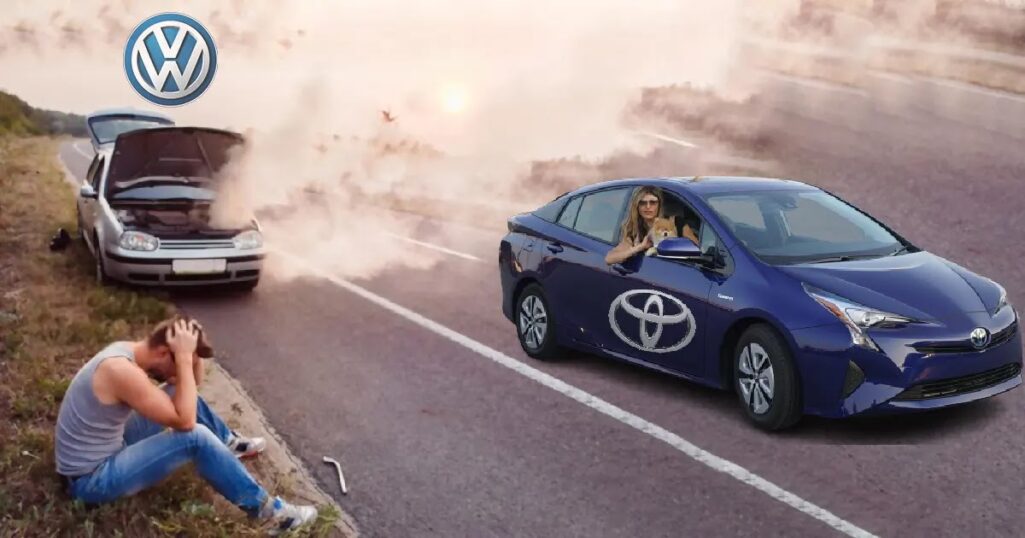
Before the pandemic-related global economic crisis, Germany was the #4 car manufacturing country producing 4.7 million cars in the year ended 2019. In 2022, with 3.1 million cars produced, Germany dropped to the 6th position worldwide by volume.
Germany has many inventions to its credit, like the first petrol-powered car, the first production airbag system, and the first ABS car, among many others. The German automotive industry accounts for 1/3rd of the world’s automotive industry expenditure on research. German cars are exported to almost every continent because of their reputation for precise engineering, high quality, and durability.
So it is unsurprising that Germany is home to many of the world’s most famous premium and luxury car brands. Let us look into the car brands that have made Germany famous in the automotive world.
Luxury Car Brands
Mercedes-Benz
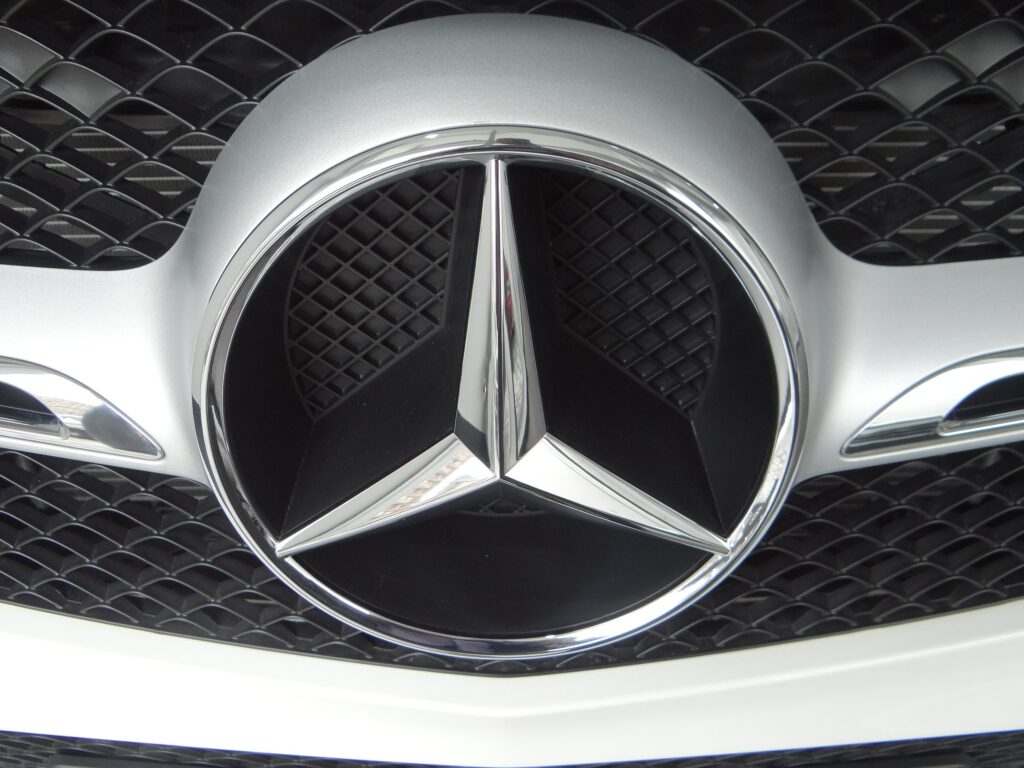
This brand needs no introduction whatsoever. This company’s heritage begins with the invention of the first petrol-engine powered vehicle, the “Motorwagen,” in 1904. Founded in 1901 by Gottlieb Daimler and Karl Benz, the Mercedes-Benz brand has been synonymous with luxury and power since the last century. The company tagline, “The best or nothing,” truly reflects its approach to developing its vehicles.
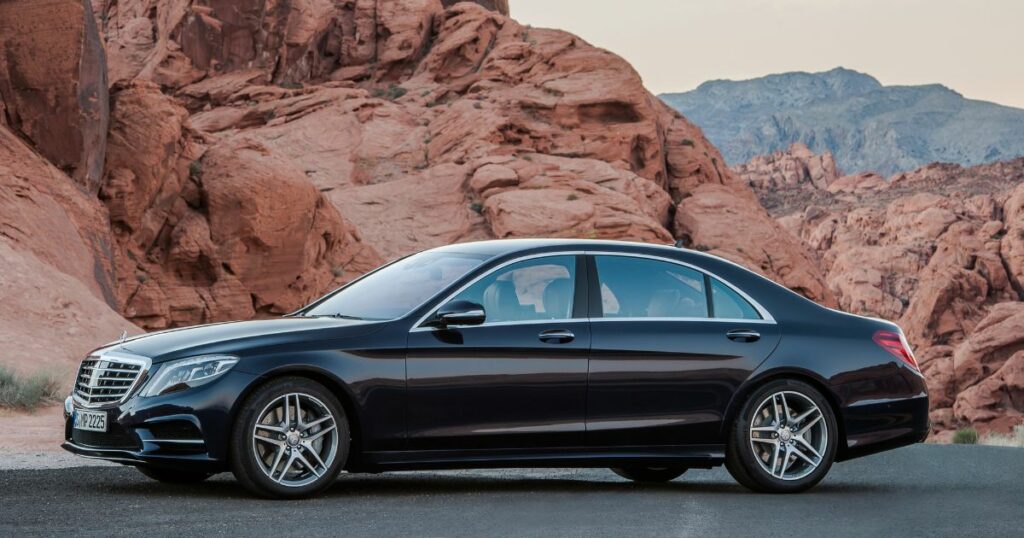
The Mercedes-Benz product ranges include the small-size A-Class, the mid-sized C-class and E-class, the luxury S-Class, and the ultra-luxury Maybach. Apart from these, Mercedes also has a range of coupes like the CLA and the CLS, the GL-series SUVs and crossovers, the V-class luxury vans, and the EQ-series electric vehicles.
BMW
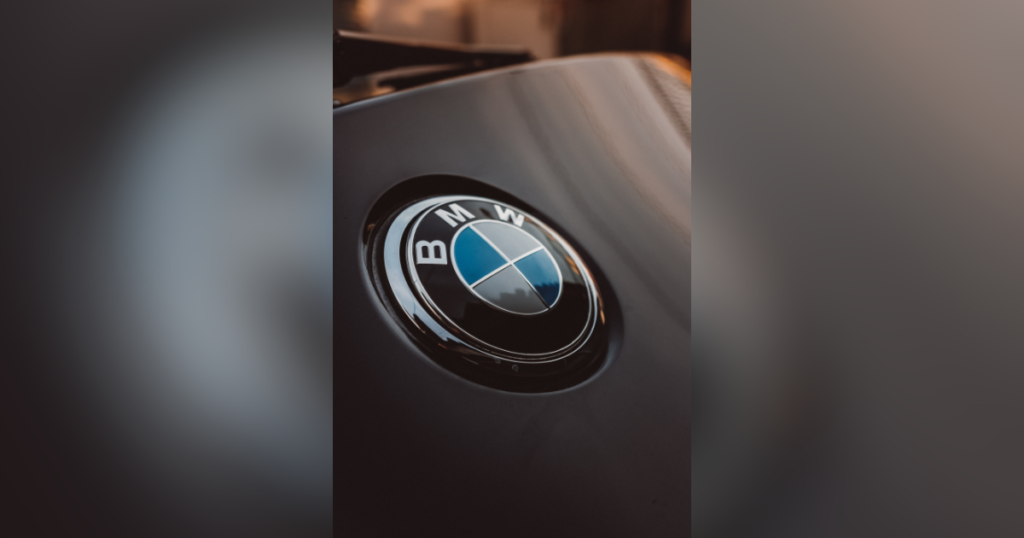
BMW, short for Bayerische Motoren Werke, is another famous worldwide automotive brand from Germany. It started in 1917 as an aircraft engine manufacturer, which moved to motorcycles in 1923. BMW then diversified into cars in 1928.
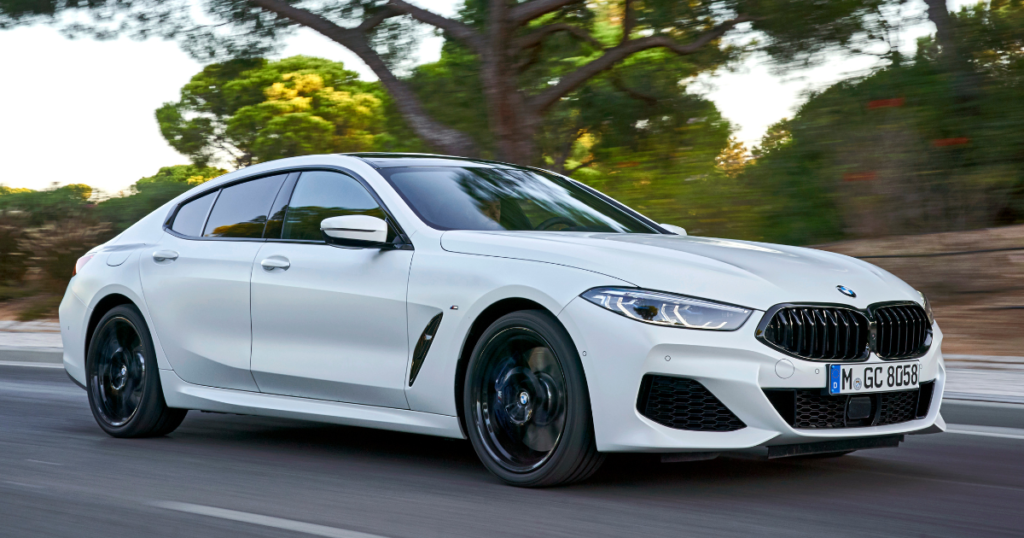
Car lovers have always associated BMW with its tagline, “The ultimate driving machine.” In essence, BMW has a strong reputation for producing cars known for driving pleasure. Driving enthusiasts choose BMWs for their high-power engine choices and superior handling characteristics that are track-optimized. Aside from the sporty character, BMW’s top-end cars are known to have world-class luxury features.
The BMW model range includes –
- 1, 2, 3, and 5 series of sedans and coupes
- 7 series large-size luxury sedan
BMW also produces a crossover and SUV product range called the X-series. The X-series model range consists of –
- X1, X2, X3, and X4 subcompact luxury crossover
- X5 and X6 midsize luxury SUV
- X7 full-size luxury SUV
- XM hybrid electric luxury crossover
Related: 20 Cheapest Luxury Cars To Buy In 2023
Audi
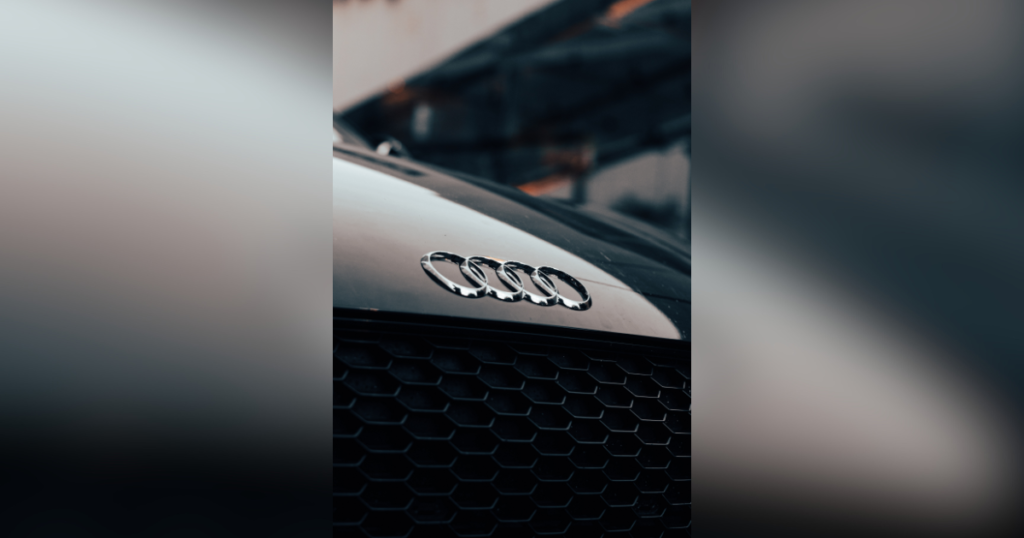
Starting with the Audi Type A in 1910, Audi has come a long way in terms of the number of segments in which it produces cars. After several mergers and acquisitions, the Audi brand was revived in 1965 by its new owner, Volkswagen. In this era, Audi models got named after their rate power output in horsepower. These models included the Audi 60, 75, 80, and the Super 90.
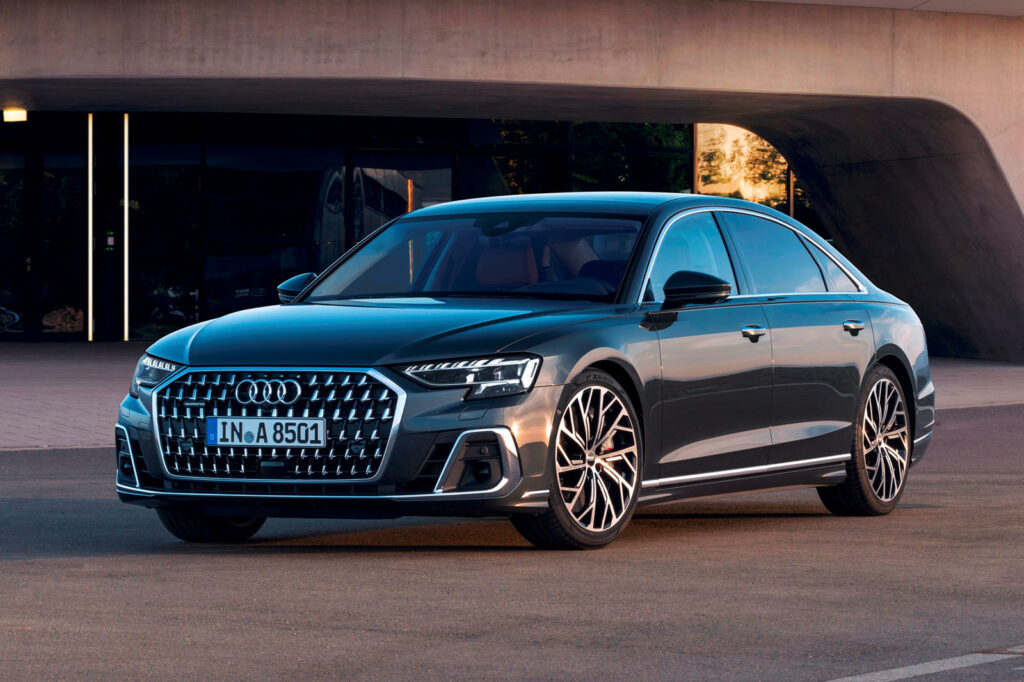
In the 1990s, Audi entered its next significant model lineup, where the Audi A4 replaced the Audi 80, and the A6 replaced the Audi 100. The Audi A3 was a new platform based on the Volkswagen Golf Mk4. The current passenger car lineup of Audi consists of the following –
- Audi A1 supermini
- Audi A3 small family hatchback
- Audi A4 and A5 compact executives sedans and estates
- Audi A6 and A7 executive sedan
- Audi A8 Full-size luxury sedan
- Audi e-tron GT EV executive crossover
Audi’s SUV and crossover lineup consists of –
- Q2 and Q3 Subcompact crossover SUVs
- Audi Q4 e-tron and Q5 Compact crossover SUVs
- Audi Q7 and Q8 Midsize crossover SUV
Related: Why Are German Cars Unreliable?
Mass Market Car Bands
Volkswagen
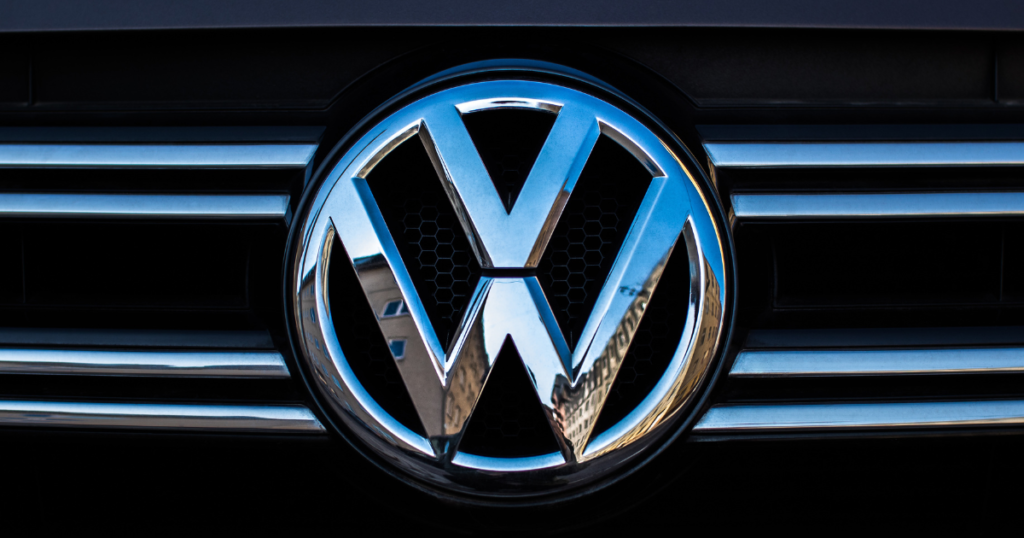
Volkswagen is the most famous mass-market brand in the world. The name Volkswagen refers to both the Volkswagen Group and the Volkswagen-branded cars sharing the same emblem. The car brands under the Volkswagen umbrella include Audi, SEAT, Bugatti, Bentley, Porsche, Škoda, and Lamborghini.
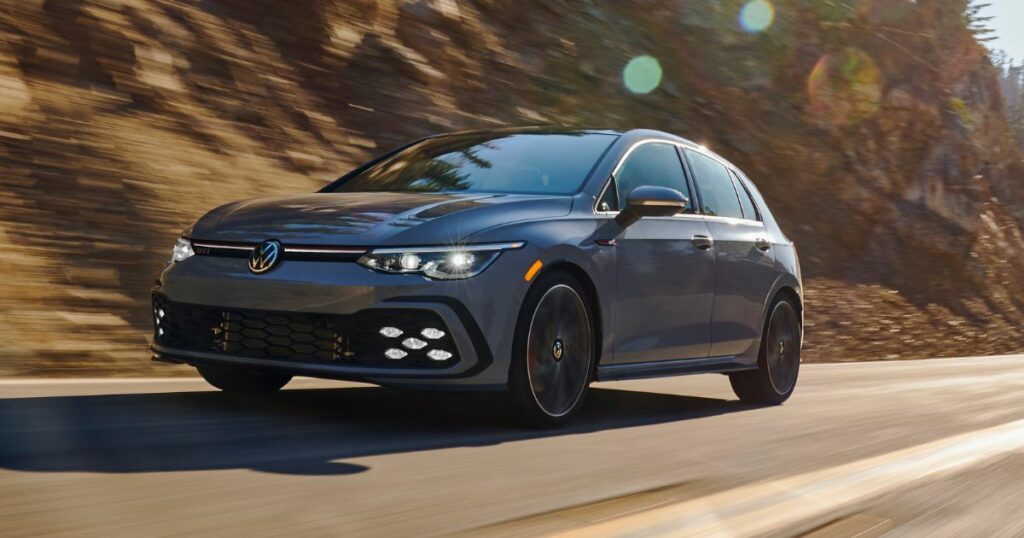
Volkswagen was an automotive initiative started by the ruling German government in 1937. The birth of the Volkswagen and Porsche brands is unexpected, the common factor being the creation of the most successful car ever, the Volkswagen Beetle.
Initially based on a rear-mounted air-cooled 4-cylinder boxer engine, the Beetle platform was produced until 2003. The “new Beetle” was a complete redesign from 1998-2019, featuring a more conventional liquid-cooled engine.
Other iconic models of Volkswagen now out of production include the Scirocco, the Corrado, and the Microbus. Volkswagen has adopted a platform-sharing approach in introducing new models across its brands. This means that several components are always shared across the different brands.
The current Volkswagen model lineup includes the following-
- Tiguan Mini Crossover
- Polo and Golf small car
- Passat full-size family car
- T-Roc and T-Cross Subcompact Crossovers
- Golf small family car
- Jetta compact family car
- Atlas midsized crossover
Opel/Vauxhall
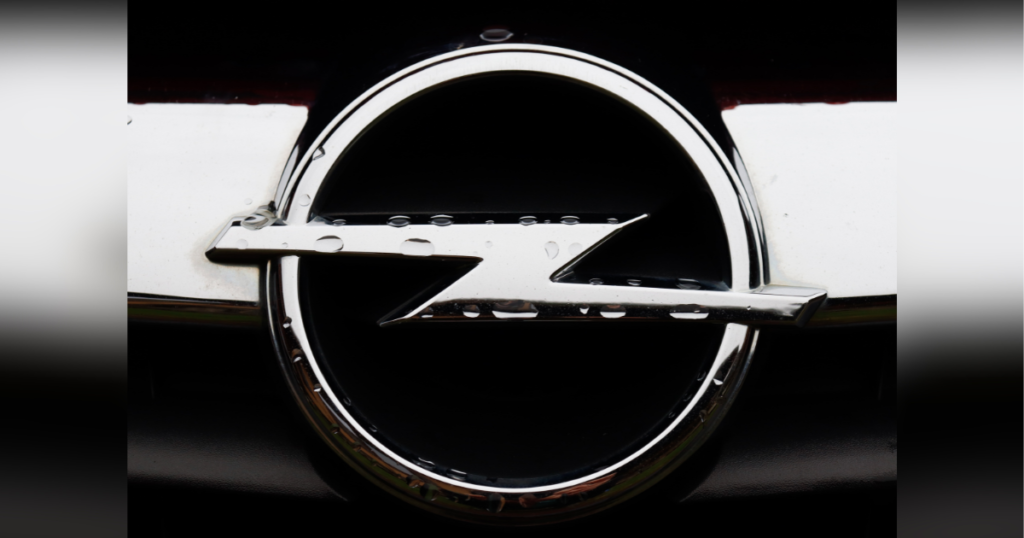
Having produced its first car in 1899, Opel Automobile GmbH is probably the oldest German car company still in existence. Opel’s ownership has changed hands a few times among General Motors, PSA Group, and finally, Stellantis.
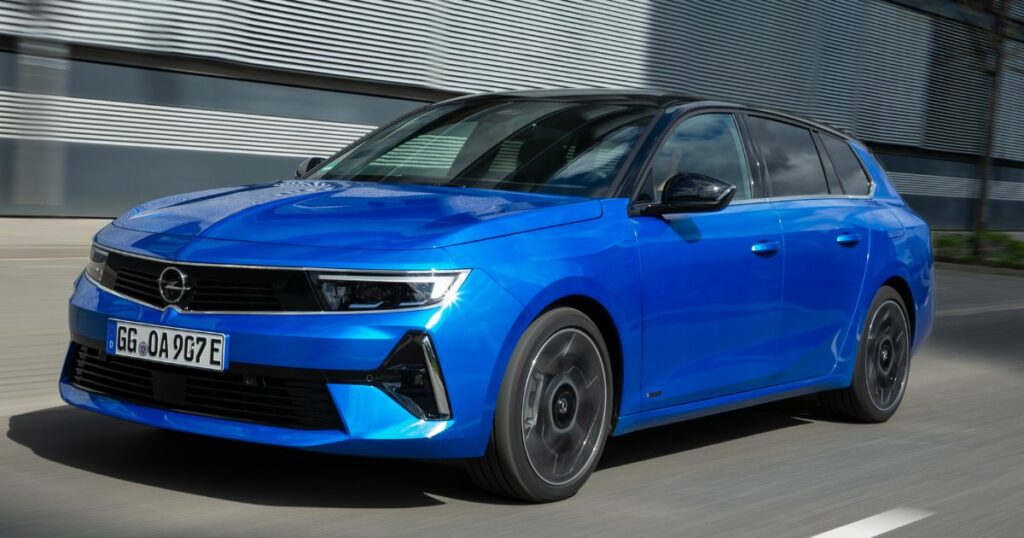
Like Volkswagen, Opel has focussed on the mass-market entry-level cars that are economical to run. Along with Vauxhall in the U.K., General Motors used Opel and Vauxhall as the two-pronged approach to capture a share of the European car market. Iconic models from Opel were the Kadett and Rekord (which sold for nearly three decades).
In the last three decades, the models that found the most commercial success were the Opel Corsa, Vectra, and Astra (sold as Vauxhall in the U.K.), sold in the medium car segment. The current lineup of Opel is as follows-
- Opel Corsa Supermini Hatchback
- Opel Astra small family car Hatchback
- Sports Tourer (Estate/Wagon)
- Opel Zafira Life Minivan
- Mokka, Crossland, and Grandland crossover SUVs
- Combo Life Minivan
Related: Top 15 French Cars Brands | History & Diversity
Sporty Performance Brands
Germany has been home to the world’s most famous performance cars. Some of these brands are performance brands by themselves, while others are a performance trim level within a car brand.
Porsche
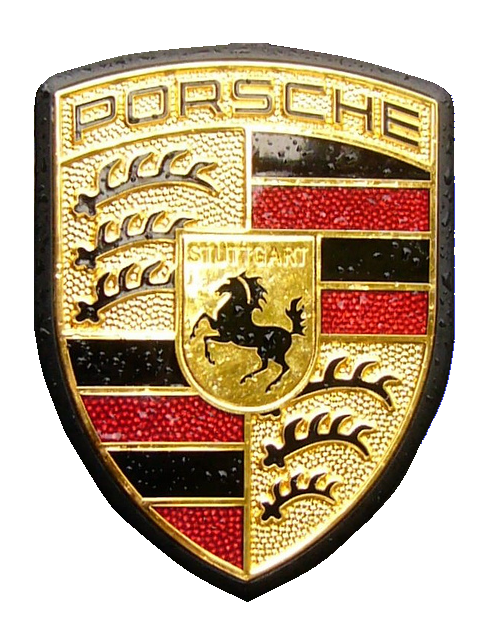
Porsche is arguably Germany’s most famous sportscar. Founded in 1937, Porsche started initially as a vehicle development consulting firm. The company’s fortunes began to look up when it landed its first project from the government. That project happened to be the development of the Volkswagen Beetle peoples’ car, now the world’s most successful car ever.
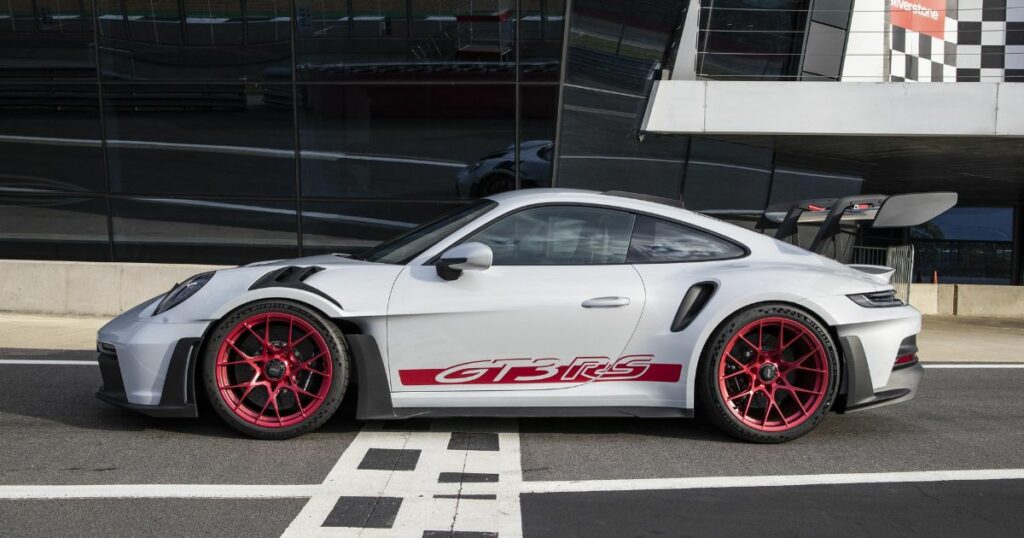
Only after Porsche developed the 356 open-top and convertible sportscar models, it became a sportscar manufacturing company in 1950. The 356 became the basis for Porsche’s flagship sportscar model, the 911. The 365 and the 911 are based on the air-cooled, rear-engined configuration (which was the same as Porsche’s Volkswagen Beetle design).
Porsche fans identify the different Porsche 911 model eras by their internal chassis code. For example, the Porsche 911 962
Porsche’s current lineup consists of the following model ranges-
- 911 rear-engine four-seater high-performance sportscar
- 718 Boxter and Cayman mid-engine two-seater sportscars
- Taycan 4-door EV sports sedan car
- Panamera 4-door sports sedan
- Macan mid-sized crossover
- Cayenne luxury SUV
Mercedes-AMG
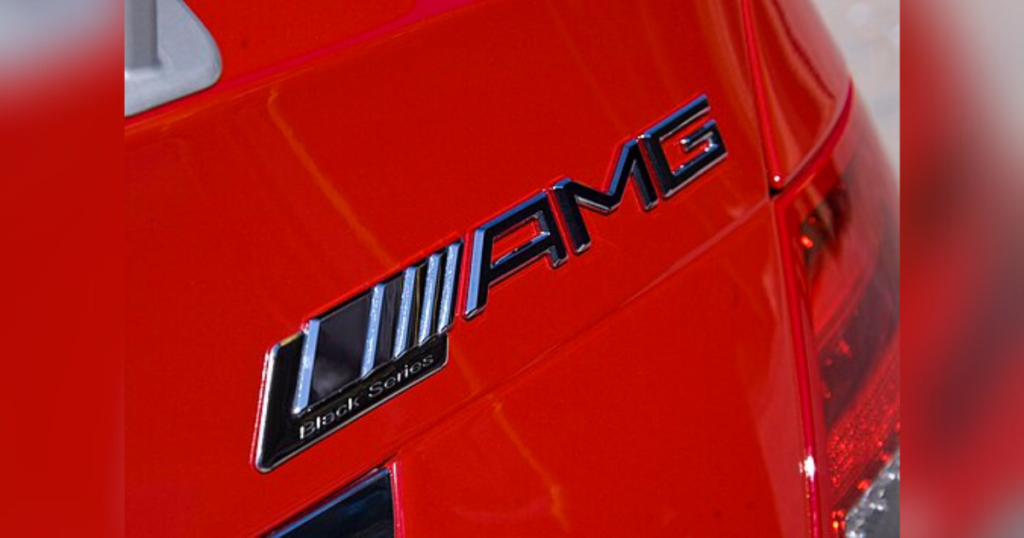
AMG was founded in 1967 as a specialist engineering company that made performance enhancements to regular Mercedes-Benz models sold in the market. AMG’s founders were former Mercedes-Benz engineers. In 1999 AMG became Mercedes-AMG GmbH after Daimler AG (the parent company of Mercedes Benz) became a majority stakeholder in AMG.
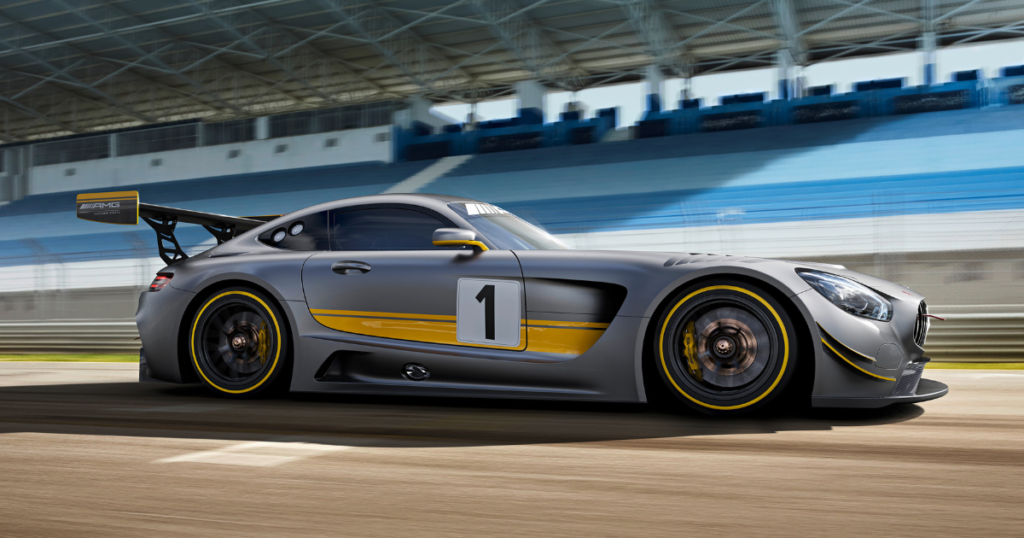
AMG models are sold through the Mercedes-Benz dealership network. However, AMG model names differ from their original donor car model in that the model name would contain two digits instead of three in the regular model. For example, the AMG model is named C63 instead of the base model C300 or C350.
The top-of-the-line AMG models are a series called the “Black Series.” The Black Series cars have the maximum possible performance enhancements among all similar models.
For example, the AMG GT Black Series features a lightweight car of just around 1670 kg achieved through a hood, front fenders, and roof made of carbon fiber; the engine is a twin-turbocharged 4.8 liter V8 that produces 730 bhp (as opposed to the AMG GT engine that produces 476 bhp).
Related: Top 15 Japanese Car Brands 2023 | What Suits You More?
BMW M
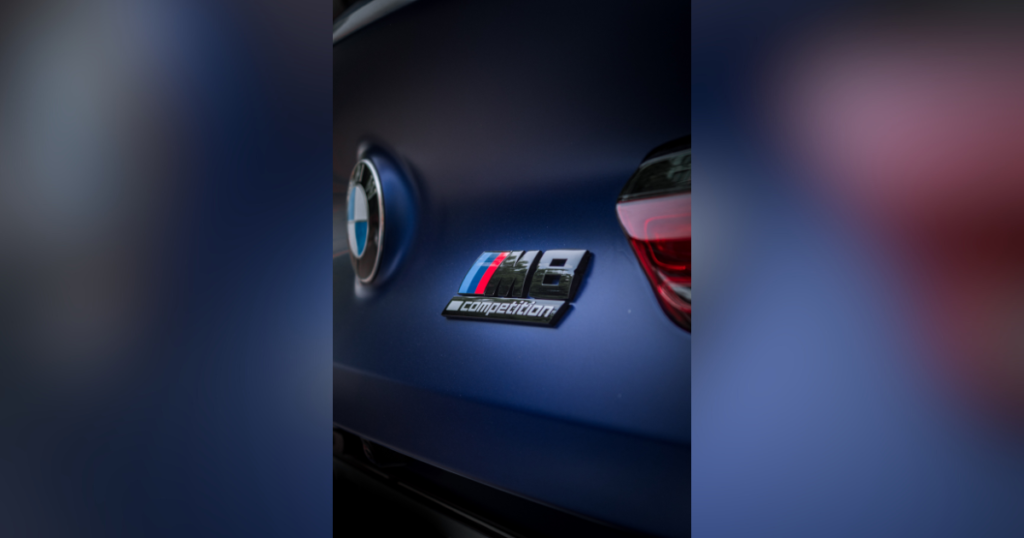
Founded in 1972, BMW M GmbH, originally BMW Motorsport GmbH, is a division of BMW AG specializing in performance enhancements to regular models. BMW M’s original intention was to act as an enabler in BMW’s motorsports program. The BMW 3.0 CSL was the first project taken up by the M division. The first BMW car sold with an official M-badge car on was the M1, which was BMW’s supercar at the time.
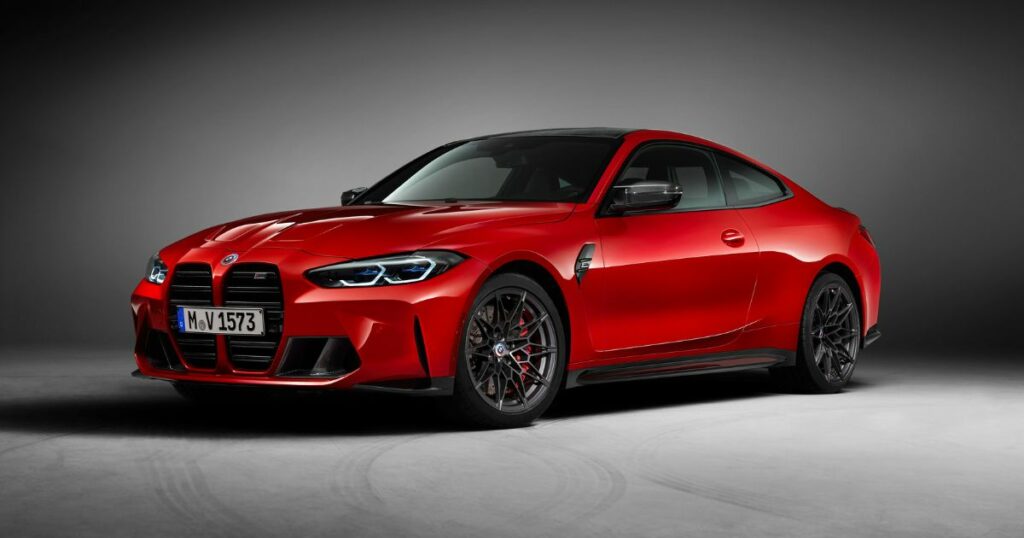
BMW M models are of two kinds-
- “Exclusive M” badged cars like the M2, M3, M4, M5, M6, or X5 M are performance models at their basic trim level. Here the engine designation is not mentioned.
- “M Performance” badged cars are performance-upgraded versions of the corresponding regular model, like the M 850i. Every BMW model, except for the Z1 and the 7-Series, is available as a modified BMW M variant.
Related: 15 MOST Reliable BMW Models | 2023
Three more performance packages are available beyond the M badges, but only for specific base models. They are as follows-
- “M Competition” package,
- “CS” or Competition-Sport package, and
- “GTS” package.
Audi S and RS models
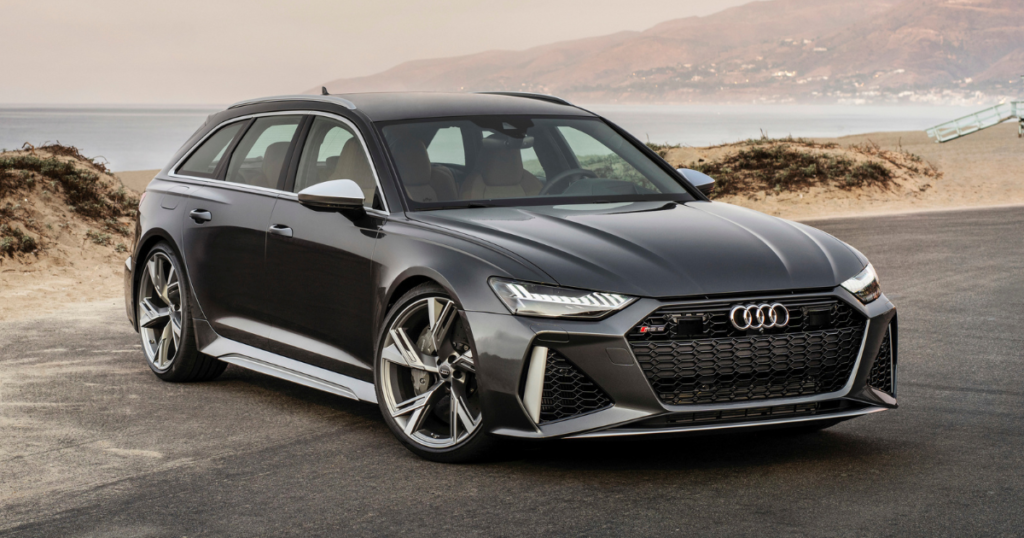
In 1983, Audi AG formed a company named Quattro Gmbh to build road versions of the racecars that Audi’s factory team was racing. Since 2016, the company has been called Audi Sport GmbH, existing as a subsidiary of the parent company Audi AG. The company focuses on producing performance-upgraded variants of its existing car models.
The two performance model lines in Audi Sport are the “S models” and the “RS (Rennsport) models.” The S and RS models were meant to compete directly with the BMW M and Mercedes AMG cars.
Similar to BMW M, the S models are primarily engine-upgrade trim levels of their corresponding A model. For instance, the Audi A4 comes standard with the 2.0 TFSI turbo four-cylinder engine, while the Audi S4 comes with the 3.0 TFSI V6 engine as the performance upgrade trim level.
The RS models are positioned one step above the S models. They are known as the ‘Halo cars’ that are positioned as top-of-the-line in performance. For example, the A6 has a 2.0 L inline-4 or a 3.0 L V6 engine, producing 204-340 bhp. The corresponding S model, the S6, comes with a 2.9 L V6 engine, which produces 450 PS; the corresponding RS model, the RS6, comes with a 4.0 L V8 engine which produces 600 bhp.
Related: TOP 10 US Car Brands | Most Popular Car Brands of America
Conclusion
German cars have been at the pinnacle of engineering brilliance and continue to do so today. The general public’s impression of perfection in German-manufactured cars is so strong that even a non-car-enthusiast can quickly identify the Tristar logo of Mercedes-Benz. This article examined Germany’s most famous car brands and briefly examined their origin and history.



